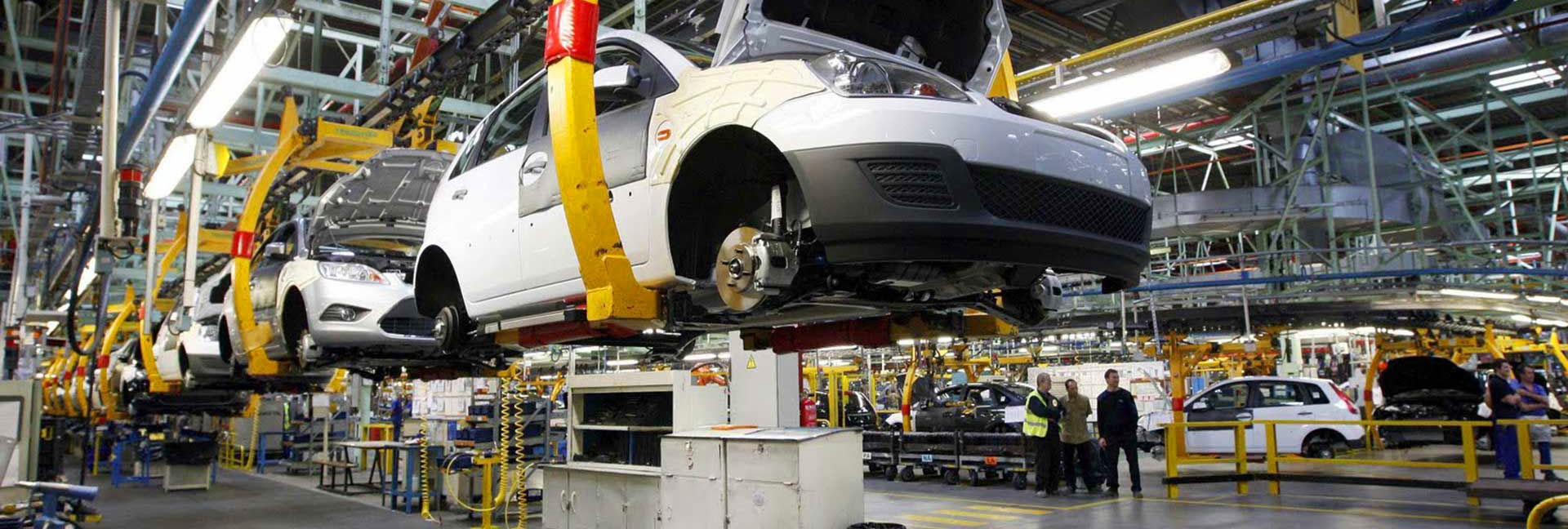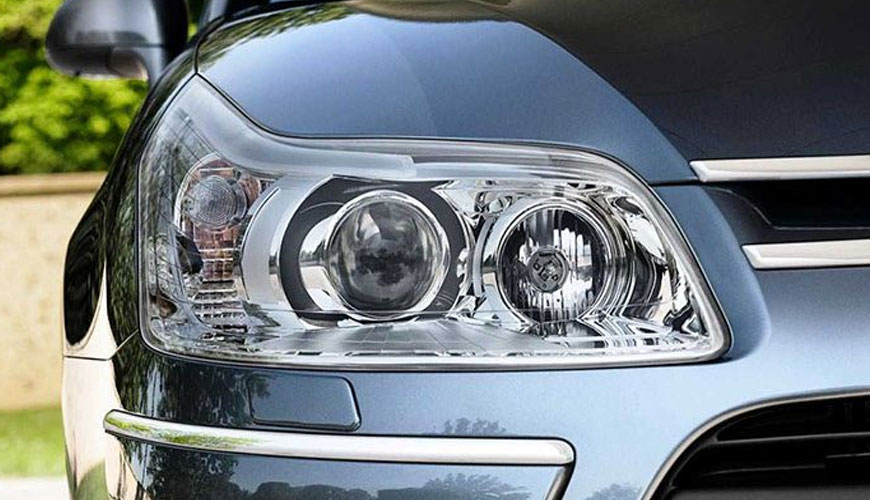

The “SAE USCAR 34 Specification for testing of automotive lamp assemblies” standard developed by the Society of Automotive Engineers (SAE) describes the procedures covering laboratory testing of external lamps for use in automotive road lighting. This standard applies to systems that meet the design, performance and verification requirements established by national standards. If other manufacturer components are intended to be approved for use in the lamp assembly, then possible combinations of components are considered a new lamp assembly and are tested separately.

The lighting system of motor vehicles consists of lighting and signal devices mounted on the front, rear, side and in some cases on the top of the motor vehicle and illuminating the road for the driver. The lighting system also makes the vehicle more visible, especially in low light conditions. These light groups alert other drivers and pedestrians to the vehicle's presence and direction of travel. In contrast, emergency vehicles often carry different lighting equipment to warn drivers and pedestrians to act quickly in an emergency.
The basic exterior lamp groups of a vehicle are:
The four basic elements of vehicle exterior lighting are: direction, quality, illumination ratio and control. Each of these elements contributes to the overall effect of the lighting and is taken into account when designing the lighting. The test methods described in the SAE USCAR 34 standard also focus mainly on these elements.
Lighting technology plays a very important role in terms of vehicle and driving safety in motor vehicles. The basic variables of vehicle lighting technology are:
Light sources are thermal radiators that produce light through thermal energy. The more strongly a light source is heated, the higher the light intensity. Light bulbs (vacuum incandescent lamps) are heat radiators because the tungsten filament glows with the addition of electrical energy. However, the light output of a standard bulb is relatively low. Halogen bulbs offer significant advantages over classic bulbs. Halogen bulbs are operated with the same service life at higher temperatures through a process called cycling process, providing higher efficiency. In recent years, LEDs have become increasingly used as light sources in motor vehicles.
Among the numerous testing, measurement, analysis and evaluation studies it provides for businesses in various sectors, our organization also provides testing services in accordance with the "SAE USCAR 34 Specification for testing automotive lamp groups" standard, with a trained and expert staff and advanced technological equipment.
To get an appointment, to get more detailed information or to request an evaluation, you can ask us to fill in our form and reach you.